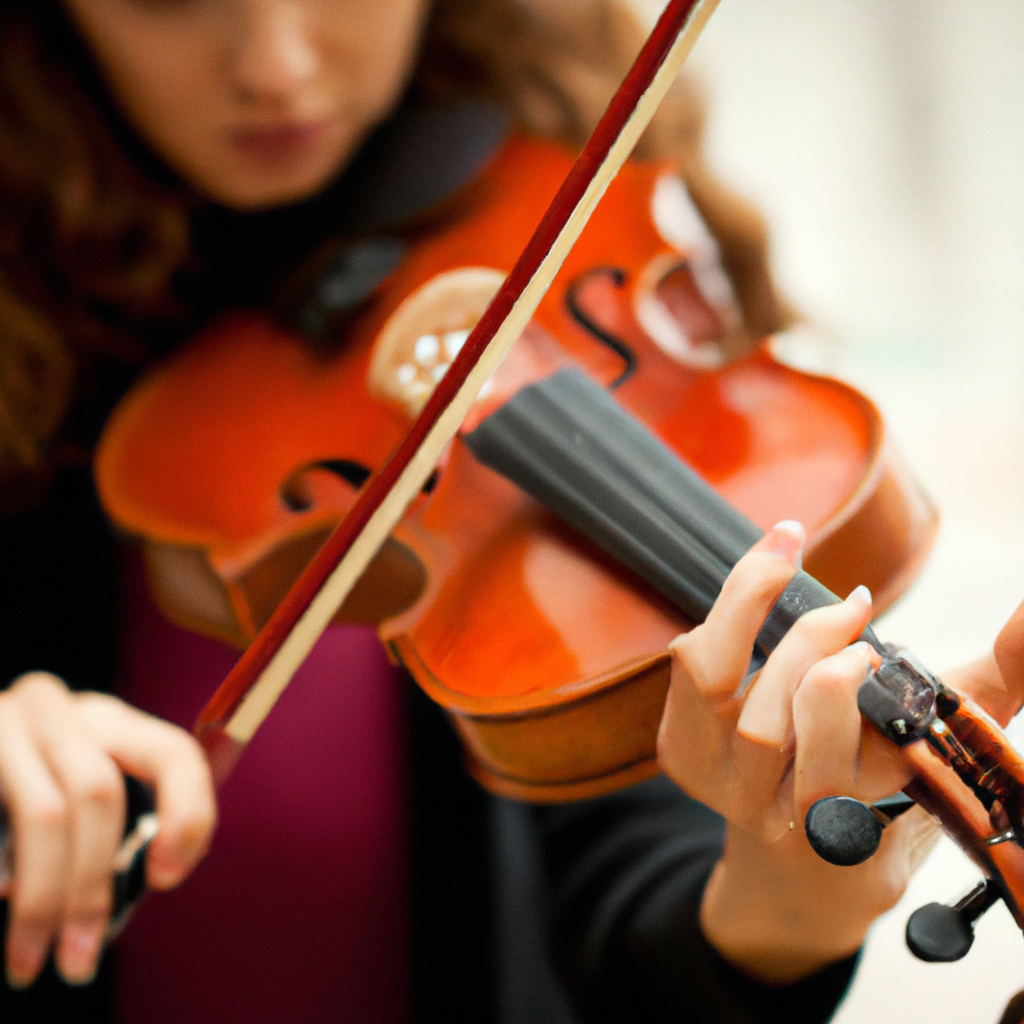
Learning to play the violin as a beginner can be an exciting and rewarding journey. However, it's important to approach it with the right mindset and knowledge. In this article, we will explore the dos and don'ts of learning to play the violin as a beginner, providing valuable insights and tips to help you on your musical path.

One of the most crucial aspects of learning to play the violin as a beginner is finding a qualified instructor. A good violin teacher can guide you through the learning process, ensuring that you develop proper techniques and avoid bad habits from the start. Look for a teacher with experience and expertise in teaching beginners, as they will understand how to best support your learning journey.

For more information about finding a qualified violin instructor, visit https://bannhacflamenco.net/cho-thue-ban-nhac/luom-lat-tin-do-day/

When learning to play the violin, it's important to start with the basics. This means focusing on fundamental techniques and scales before moving on to more advanced repertoire. Establishing a strong foundation in violin playing will set you up for success in the long run. Practice basic bowing techniques, finger exercises, and scales to develop a solid technical foundation.

Consistent practice is key to becoming proficient at playing the violin. Set aside dedicated practice time each day, even if it's just for a short period. Regular practice will help you build muscle memory, improve finger dexterity, and enhance your overall playing ability. Aim to practice at least 30 minutes to an hour each day, and gradually increase your practice time as you progress.
Before playing the violin, it's essential to warm up your muscles to prevent injury and optimize your performance. Simple warm-up exercises like finger stretches, arm rotations, and gentle bowing exercises can help loosen up your muscles and prepare them for playing. Take a few minutes to warm up before each practice session or performance.
While regular practice is important, it's equally vital to take breaks during your practice sessions. Playing the violin can be physically demanding, and overexertion can lead to fatigue and burnout. Schedule short breaks every 30-45 minutes to rest your muscles and allow your mind to recharge. Use this time to stretch, relax, or listen to recordings of violin music to stay inspired.
One of the biggest mistakes beginners make is rushing through lessons and techniques. Learning to play the violin is a gradual process that requires patience and dedication. Take your time to master each skill before moving on to the next. Rushing through lessons can lead to sloppy technique and hinder your progress in the long run. Remember, slow and steady wins the race.
Proper posture and hand position are fundamental to playing the violin correctly. Neglecting these aspects can result in poor sound production, discomfort, and even injury. Always maintain a straight back, relaxed shoulders, and a balanced posture while playing. Pay attention to your hand position and ensure that your fingers are curved and your wrist is relaxed. Regularly check your posture and make necessary adjustments to maintain correct form.
Technique exercises are essential for developing violin skills. They help improve finger strength, dexterity, intonation, and bow control. Skipping technique exercises can hinder your progress and limit your potential as a violinist. Incorporate a variety of exercises into your practice routine, such as scales, arpeggios, and bowing exercises, to enhance your technical abilities.
While learning to play the violin, it's important to also study music theory. Understanding the fundamentals of music theory will deepen your musical understanding and improve your overall playing. Learn to read sheet music, understand key signatures, and grasp basic music concepts. There are numerous online resources, books, and courses available to help you develop your music theory knowledge alongside your violin playing.
It's natural to admire and be inspired by more advanced violin players. However, constantly comparing yourself to others can be detrimental to your progress and motivation. Each individual's musical journey is unique, and everyone progresses at their own pace. Focus on your own progress, celebrate your achievements, and enjoy the process of learning the violin. Remember that comparison can often hinder your growth as a musician.
Q: How long does it take to learn to play the violin as a beginner?
A: The time it takes to learn the violin varies depending on various factors, including practice time, dedication, and natural ability. With regular practice and quality instruction, beginners can start playing simple tunes within a few months.
Q: What size violin should I get as a beginner?
A: Violins come in different sizes to accommodate players of various ages and arm lengths. It's crucial to choose the right size violin to ensure comfort and proper technique. Consult with a violin teacher or a knowledgeable professional to determine the appropriate size for you.
Q: Can I learn to play the violin as an adult beginner?
A: Absolutely! It's never too late to start learning the violin. Many adults successfully learn to play the violin and enjoy the journey of mastering this beautiful instrument.
Learning to play the violin as a beginner is a fulfilling and enriching experience. By following the dos and avoiding the don'ts outlined in this article, you can set yourself up for success in your musical journey. Remember to find a qualified instructor, start with the basics, practice regularly, warm up before playing, take breaks, and avoid rushing or comparing yourself to others. Stay committed, have patience, and enjoy the process of learning the violin. Happy playing!